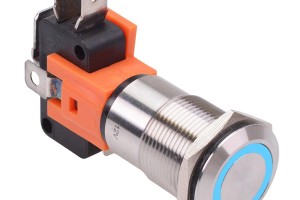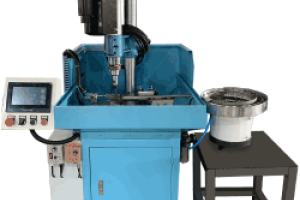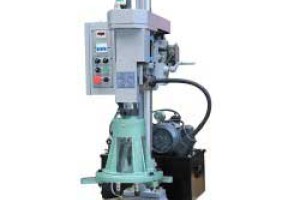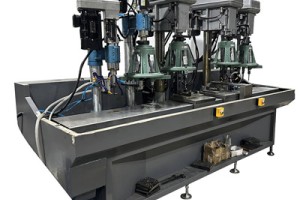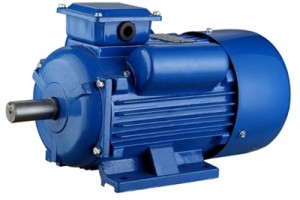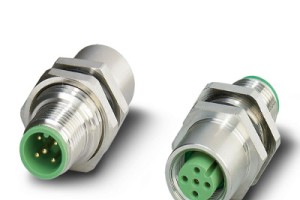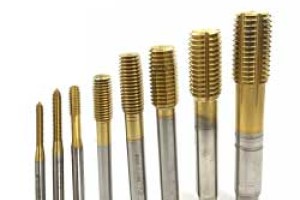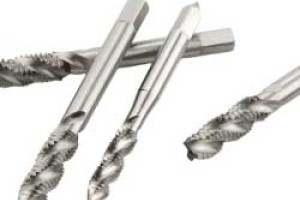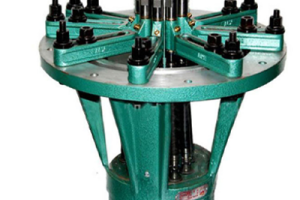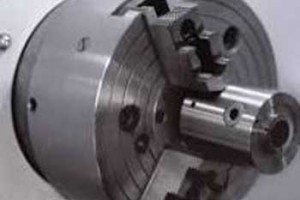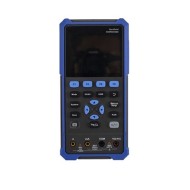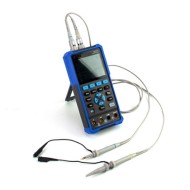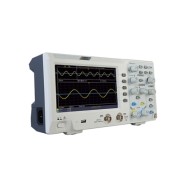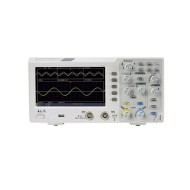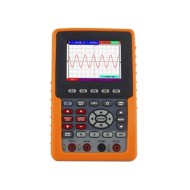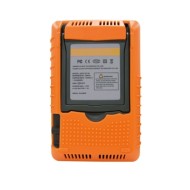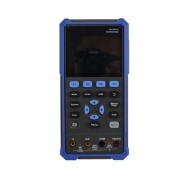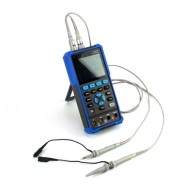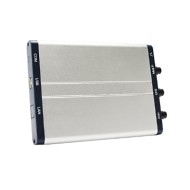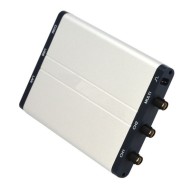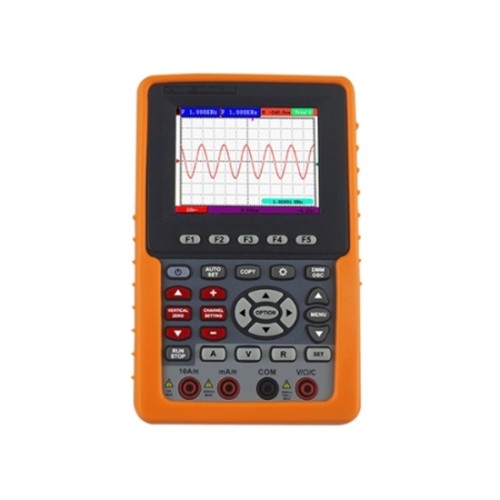
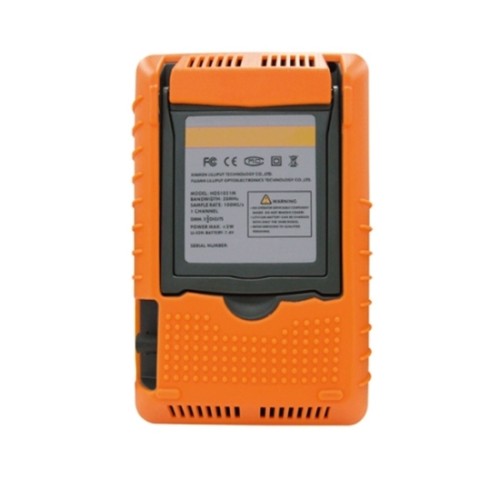


100 MHz Socoje Handheld Oscilloscope 1 GSa/s Single Channel 1 set
from
$649.37
Ex Tax: $649.37
- Stock: In Stock
- Model: SCJ009636
- SKU: SCJ009636
- UPC: 315972716584
Products Sold: 0
Product Views: 778
Ask a Question About This Product
- Description
100 MHz Socoje Handheld Oscilloscope 1 GSa/s Single Channel 1 set
Brief
The single channel 100 MHz handheld oscilloscope provides 1 GSa/s real-time sample rate and a waveform acquisition rate of 4 waveforms per second. The digital oscilloscope is ideal for communications, defense, aerospace and industrial electronics.
Description
This compact portable oscilloscope is a high-quality single-channel, 100 MHz bandwidth digital oscilloscope which ensures a more rapid capturing of instantaneous or abnormal signals for accelerating signal analysis and fault tracing. The high-quality 100 MHz oscilloscope is a portable tool for waveform measurement, features an auto-scale function, USB data transmission, and waveform record and replay.
Specification
Performance Characteristics
| Model | SCJ009636 |
| Bandwidth | 100 MHz |
| Channel | Single channel |
| Sample rate | 1 GSa/s |
| Horizontal Scale (s/div) | 5ns/div~100s/div, step by 1~2.5~5 |
| Record length | 24K points |
| Display | 3.7" color TFT display (640 * 480 pixels) |
| Waveform refresh rate | 10000 wfrms/s |
| Input coupling | DC, AC, Ground |
| Input impedance | 1 MΩ±2%, in parallel with 18 pF±5 pF |
| Probe attenuation | 1X,10X,100X,1000X |
| Max. input voltage | 400V (PK - PK) (DC + AC, PK - PK, 1MΩ input impedance, probe attenuation 10 : 1), CAT II |
| Bandwidth limit(typical) | 20MHz / Full bandwidth |
| Sampling rate range | 5ns/div ~ 500s/div, step by 1 – 2 - 5 |
| DC Accuracy (average) | average >16: ±(5% reading + 0.05div) for △V |
| Vertical Sensitivity | 5mV/div~5V/div (at input) |
| Rise time (at input, Typical) | ≤ 17.5ns |
| Trigger type | Edge and Video |
| Trigger model | Auto, Normal, Single |
| Trigger level range | ±6 div from the screen center |
| Automatic measurement | Vpp, Vavg, Vrms, Freq, Period, Vmax, Vmin, Vtop, Vbase, Vamp, Overshoot, Preshoot, Rise Time, Fall Time, +Width, -Width, +Duty, -Duty, Delay A→B , Delay A→B |
| Cursor measurement | ΔV, ΔT, ΔT&ΔV between cursors,auto cursor |
| Communication interface | USB Type-C |
| Acquisition Mode | Sample, Peak Detect, and Average |
| Interpolation | sin (x) / x |
| Vertical Resolution (A/D) | 8 bits |
| Waveform Storage | 4 waveforms |
| Communication Interface | Mini-USB,mini-RS232 |
| Power Supply | 100V-240V AC, 50/60Hz |
Digital Multimeter Specification
| Full-Scale Reading | 3 3/4 digits (max 4000-count) |
| Diode | 0V-1.5V |
| Input Impedance | 10 MΩ |
| On/ Off Test | < 50 (± 30) beeping |
| Voltage | VDC: 400mV, 4V, 40V, 400V, 1000V : ±(1% ± 1 digit); max input: DC 1000V |
| VAC: 4V, 40V, 400V: ±(1% ± 3 digits), 750V: ±(2% ± 3 digits); Frequency: 40Hz - 400Hz; | |
| Max input: AC 750V (virtual value) | |
| Current | DC: 40mA, 400mA : ±(1.5% ± 1 digit), 10A: ±(3% ± 3 digits) |
| AC: 40mA: ±(1.5% ± 3 digits), 400mA: ±(2% ± 1 digit), 10A : ±(5% ± 3 digits) | |
| Impedance | 400Ω: ±(1% ± 3 digits), 40ΚΩ - 4ΜΩ: ±(1% ± 1 digit), 40MΩ: ±(1.5% ± 3 digits) |
| Capacitance | 51.2nF - 100uF: ±(3% ± 3 digits) |
Accessories
- Power cord
- CD rom
- USB cable
- Probe
- Probe Adjust
- Multimeter lead
- Adapter
- User manual
- 5V, 1KHz Output
- Capacitance Ext Module
- Soft Bag
- Metal Case (optional)
Dimension (mm)

Tips: How to use a handheld oscilloscope?
- Select and set the probe: First, according to the need to choose a suitable probe, for most of the measured signal, you buy the instrument that comes with a simple passive probe that can be used. Next, set the attenuation of the probe, which is generally used is 10X, it is the best choice for many occasions, if you want to measure the amplitude of the smaller signal, you can set it in the 1X file.
- Connect the probe, and open the oscilloscope: Connect the probe to the first channel of the oscilloscope, and turn on the oscilloscope switch to start running, you can see the oscilloscope screen with squares, scales, and a waveform consisting of a horizontal line with faint noise fluctuations.
- Calibrating the probe: Oscilloscopes generally provide an internally generated, highly reliable, fixed frequency and amplitude square wave test signal for calibration on the lower right side of the panel, with two separate connections - one to output the calibration signal and one to connect to system ground. Connect the probe's ground clamp to the ground side of this test signal and the oscilloscope's probe to the test signal's output.
- Reviews
